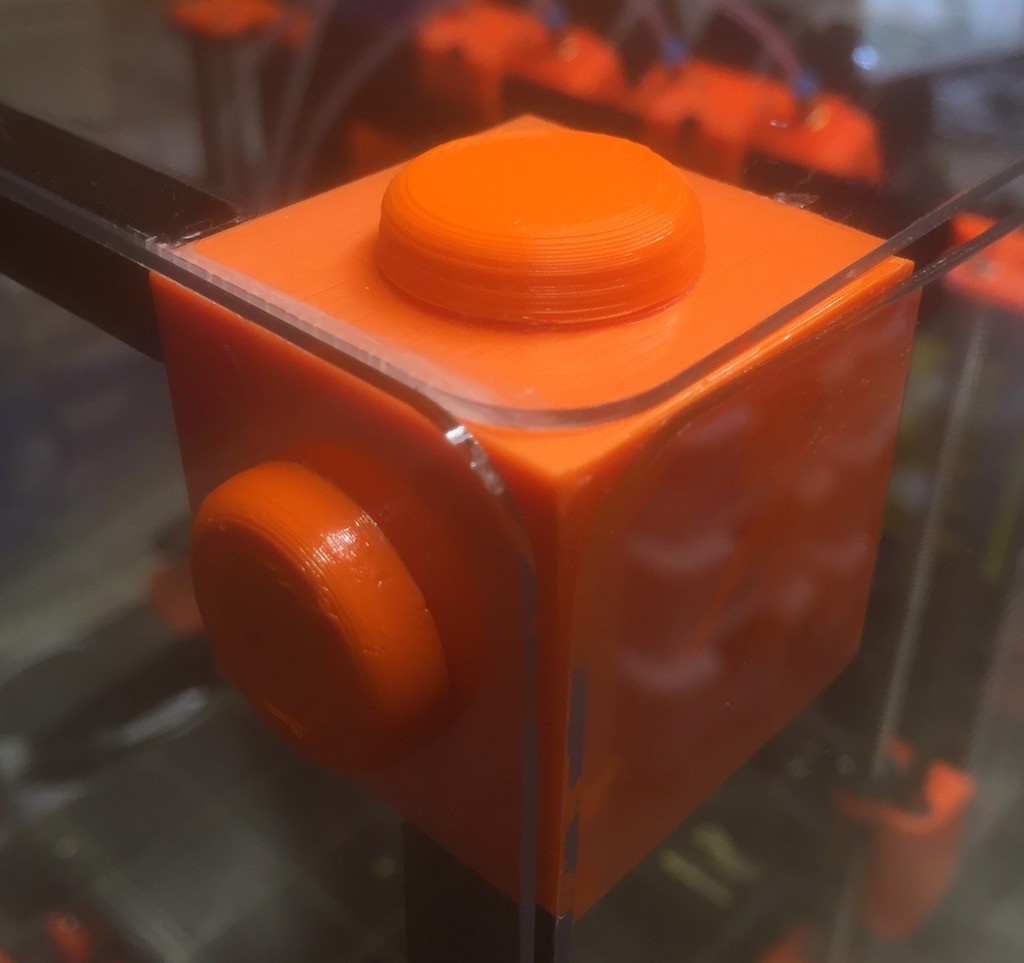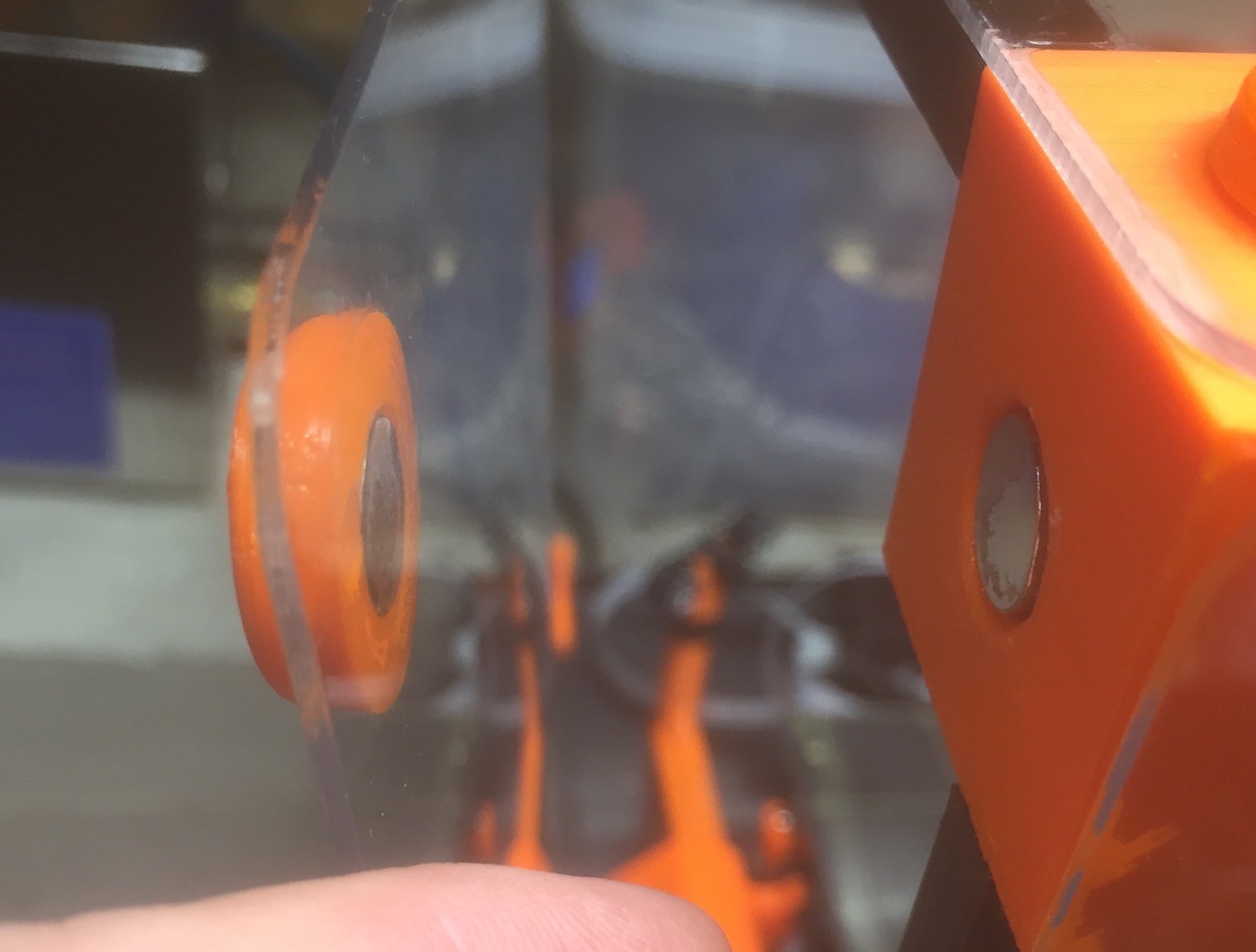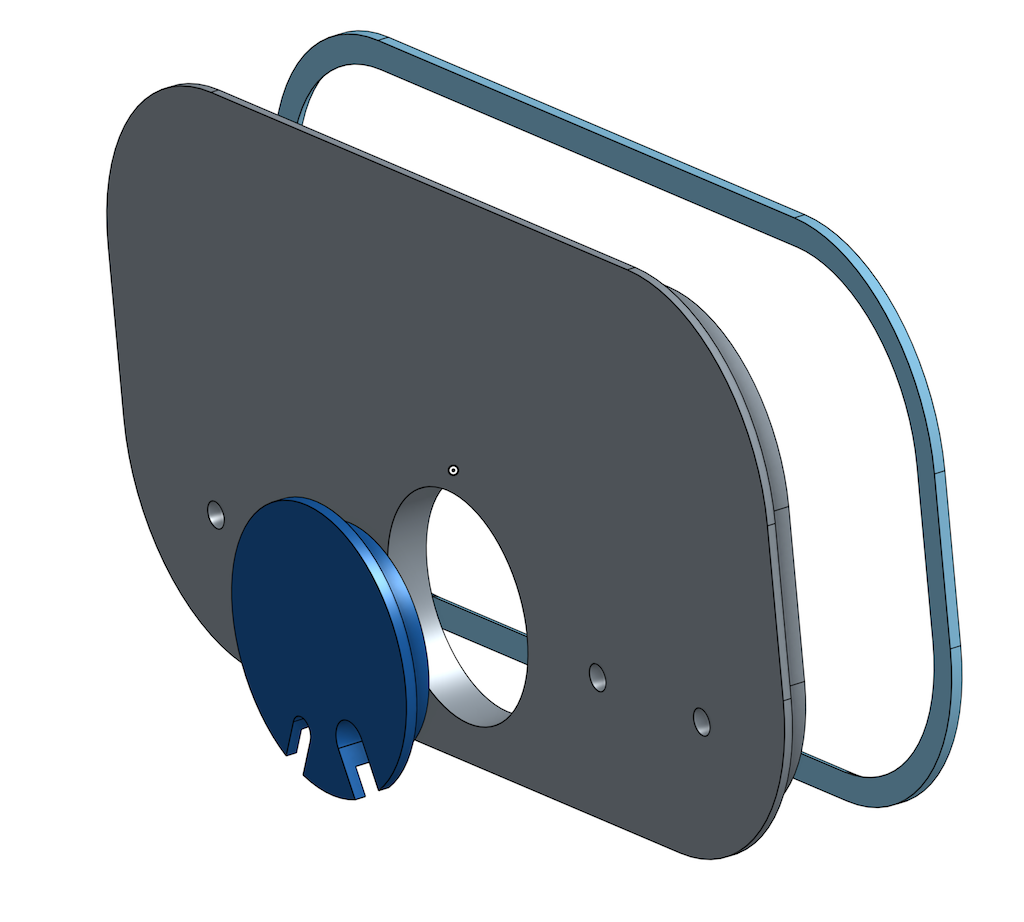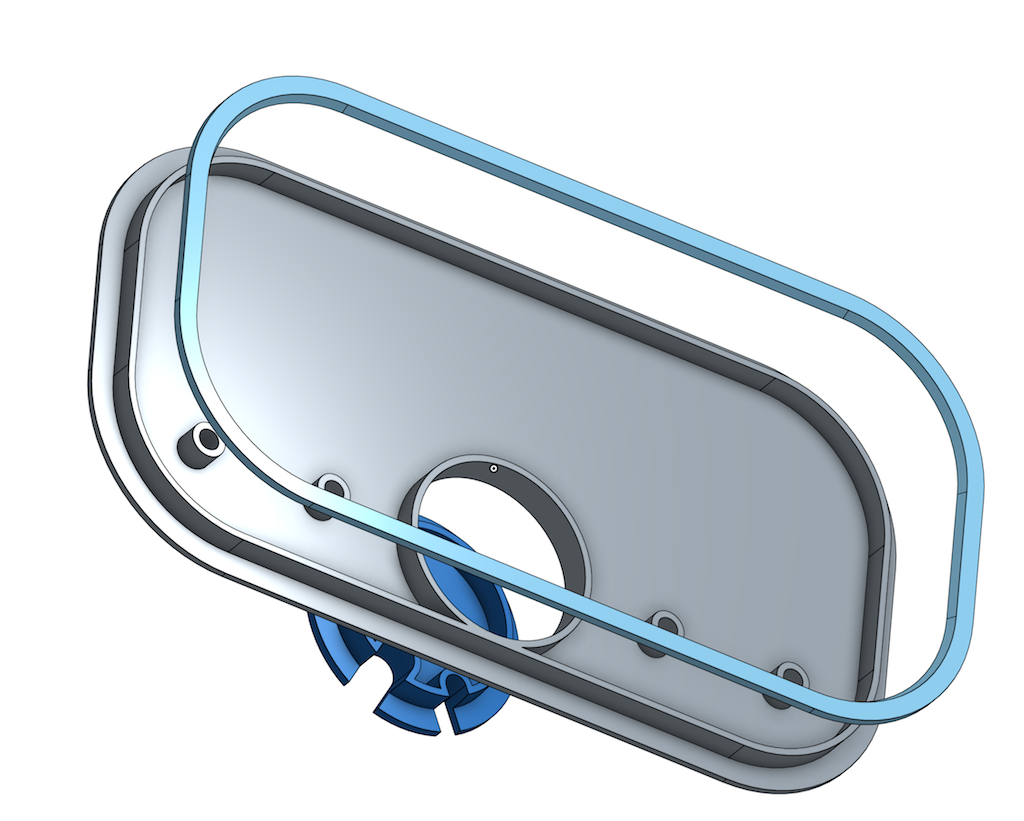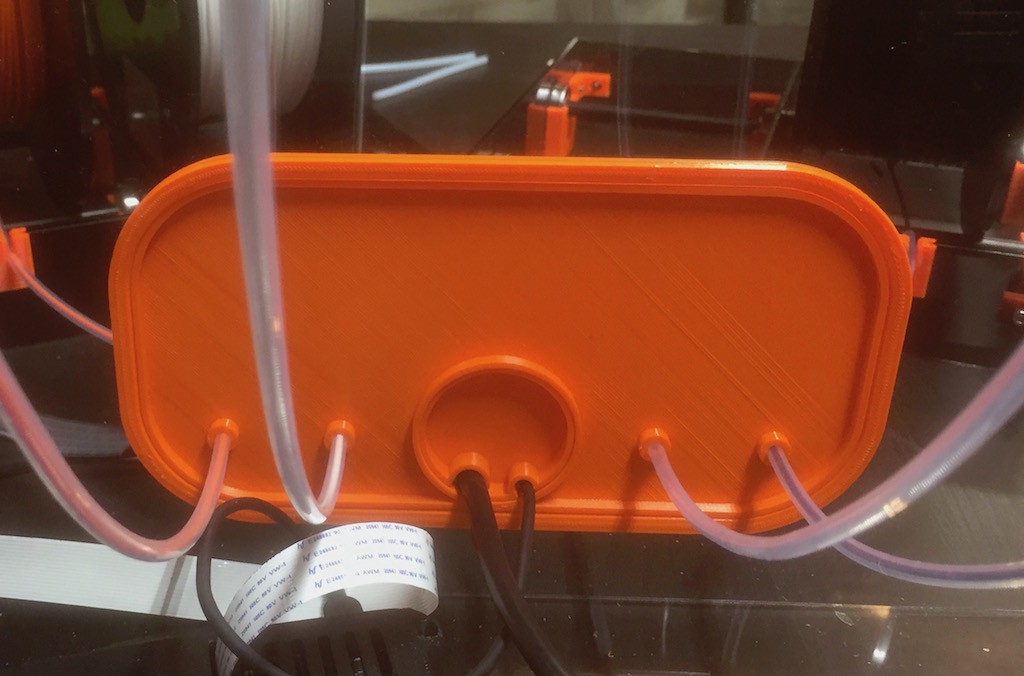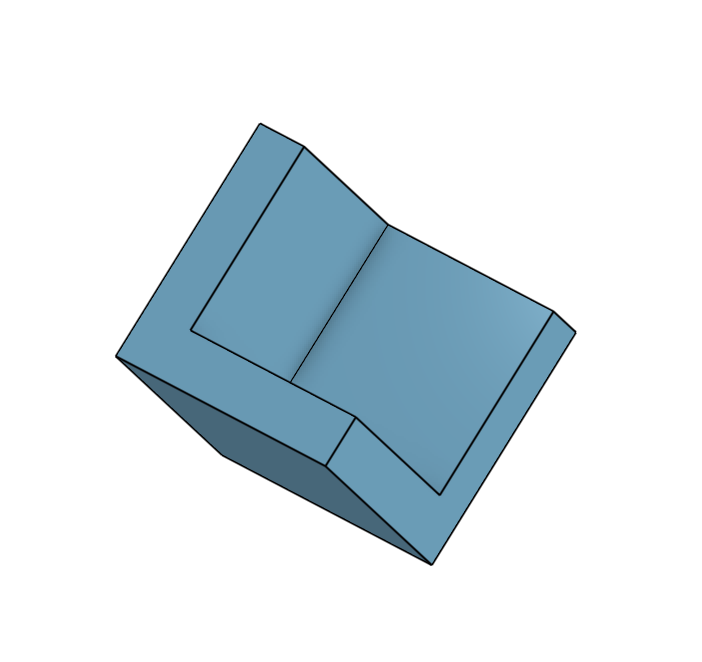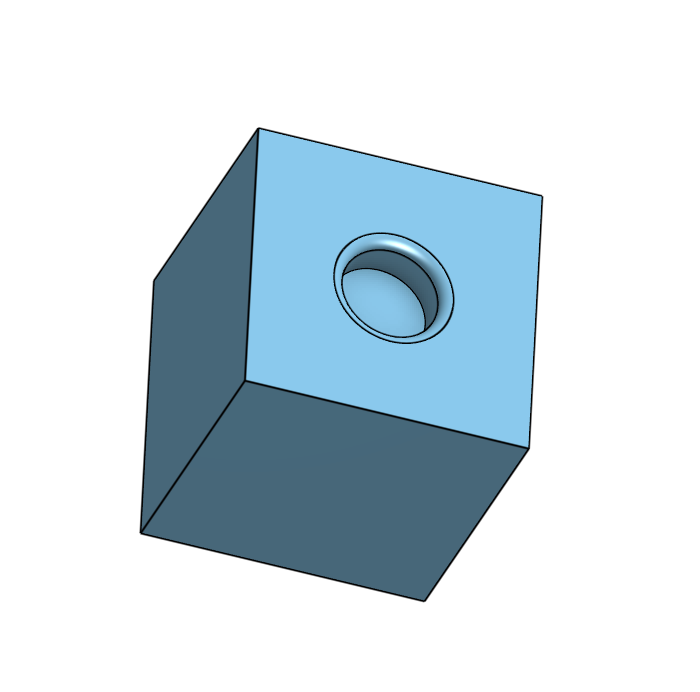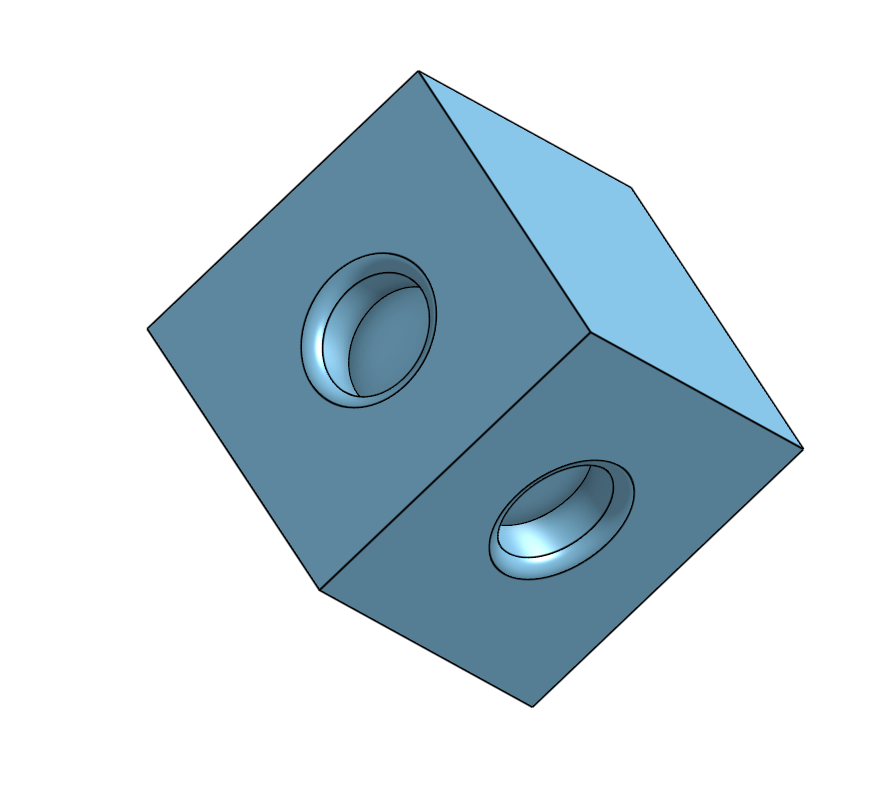-
Magnets
08/10/2017 at 00:50 • 0 commentsThe top and front of the case are held on with magnets. As detailed in a previous log entry, various corner pieces have spaces for small magnets, with additional magnets glued onto the acrylic pieces. I found that magnets on each corner was more than enough to keep the acrylic firmly in place.
The original plan was to have one magnet glued into the corner piece, and another glued onto the acrylic which would then slip into the corner cut-out. This would aid alignment. However, despite trying numerous glues and epoxies, I couldn't find one which would keep the inflexible magnet attached to the flexible acrylic sheet - they kept coming off. I finally fixed this problem by instead putting the acrylic magnet on the opposite side of the sheet (so it no longer sat in the corner hole) and gluing a non-flexible cap over the top. So far no magnets have fallen off - they cannot flex against the acrylic.
![]()
![]()
In the above you can see the top/right corner of the enclosure with the top and front magnet cap. On the right you can see the front pulled away, the magnet under the cap on the acrylic sheet, and magnet in the corner piece. I actually put an extra magnet into the corner because I'd made a two-magnet deep hole based on my original plan. This makes the front even less likely to fall off ... not really a problem though.
-
Cable and Bowden pass-through
07/31/2017 at 04:59 • 0 commentsThere's a need to pass various "things" from outside the enclosure to the inside; specifically the power cable for the printer, the power for the Raspberry Pi (running OctoPrint) and four Bowden tubes to feed the filaments to the extruders. Rather than trying to get the specific requirements for these worked out ahead of time, and risk them being wrong, I had a rectangular gap cut in the back of the case. I then 3D printed pieces to fill this gap with specific holes for my various cables and tubes.
![]()
![]()
Three pieces are use. The main plate has holes to pass the four bowden tubes, and a circle hole large enough for the power cables plug to pass though. The second pieces is a "lip" which pressed onto the first once it has been position in the case wall. This keeps everything in place without the need for glue. The final piece fits in the circular power hole and has cut-outs just large enough for the printer power cable and the Raspberry Pi power cable. They all fit together nice and tightly and limit unnecessary heat-loss from the enclosure.
![]()
The final assembly can be seen above.
-
Three kinds of corners
07/28/2017 at 06:52 • 0 commentsMy case is made form 6 panels, but the top and the front open. These are held in place using magnets. That means two sides, the base, and the back need to be stuck together. At the back/bottom 3 sides meet, and at the back/top and front/bottom two pieces meet. I there printed two different pieces to connect these panels:
![]()
![]()
The blocks on the left has 3 clean sides which are glued to the three pieces of acrylic which meet at the lower back corners. The blocks on the right have two clean faces and a single indent into which a magnet is glued. This secures the two pieces of acrylic which meet at the front/bottom and back/top leading the magnet side to later secure an extra, removable pieces of acrylic, which will also have magnets attached.
Fine final kind of corner has a single clean side and two magnet holes. These are mounted on the single acrylic panel at the front/top which the two magnets used to secure the detachable front and detachable top.
![]()
-
Laser cut sides
07/27/2017 at 05:49 • 0 commentsThere are many ways to build an enclosure, but I decided I wanted to build something as transparent as possible. To that end I chose to make it out of acrylic. Unfortunately the pieces were larger than I could cut on my home K40 laser-cutter, so I had the pieces cut by Pololu ($140 for material, time, and shipping). I used 1.5mm thick acrylic to keep the structure light and cheap.
The pieces are designed to be glue together using 3d printed corner blocks and other supporting pieces. For access, the top and front are removable, held in place using magnets.
Original Prusa i3 MK2 MM Enclosure
I wanted an enclosure for my Prusa i3 to help me print with ABS and ASA filament
 Tim Wilkinson
Tim Wilkinson